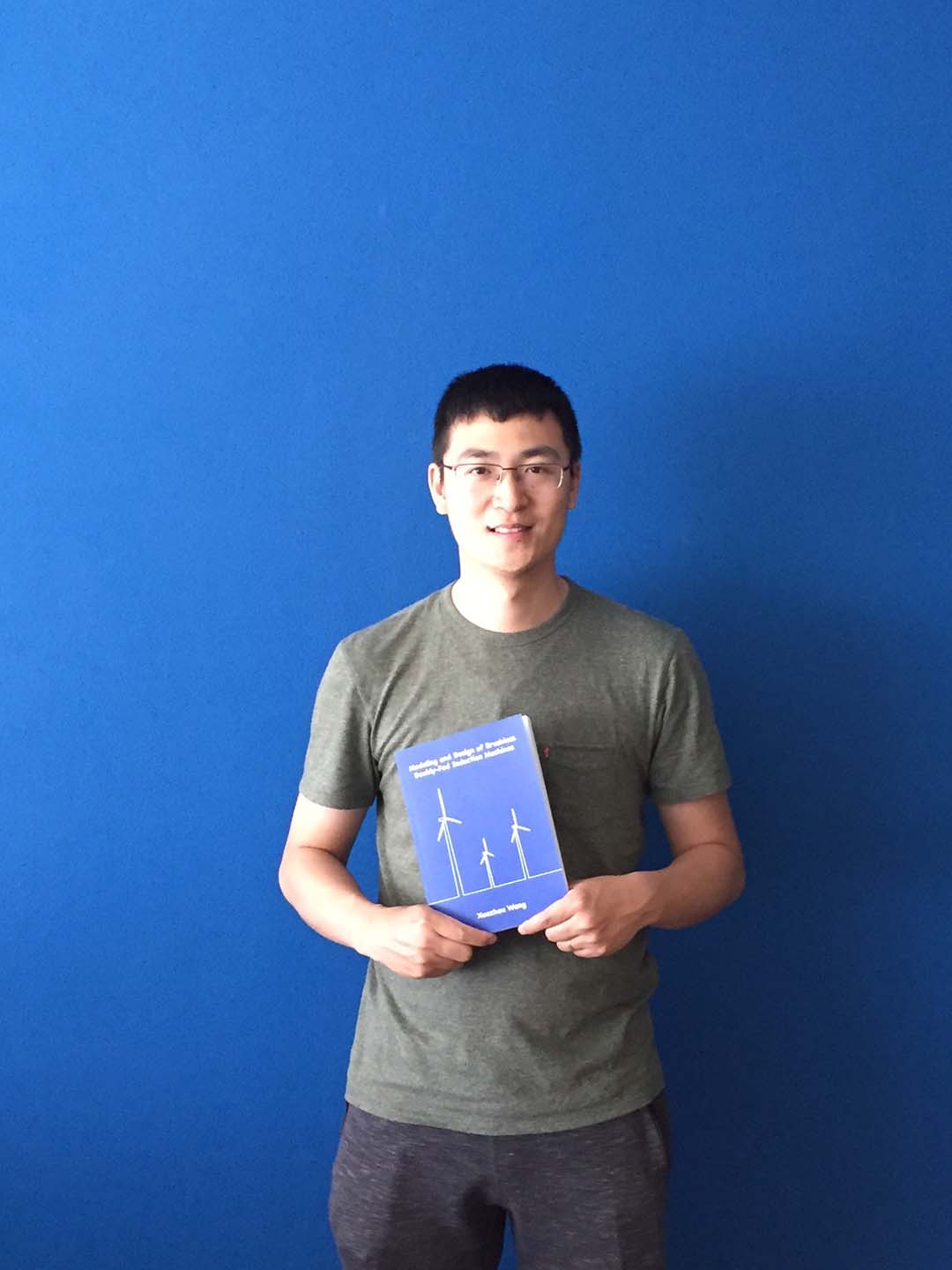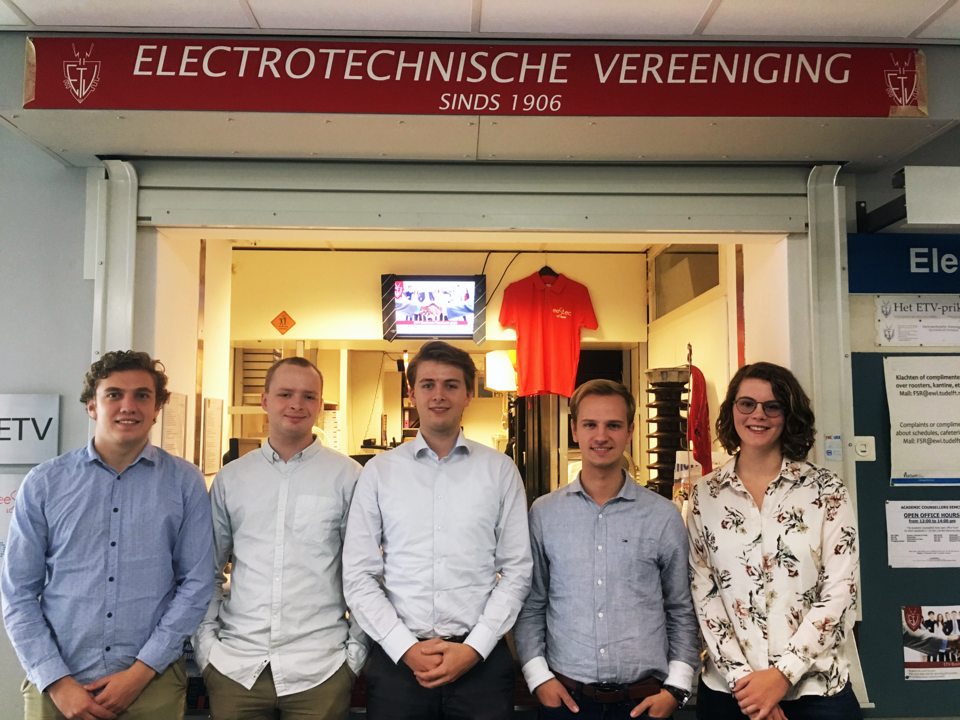I will start at a wind turbine manufacturer in China after my defence, to put my research into practice.
PhD Candidate Xuezhou Wang will obtain his doctorate on Monday 19th June with his thesis Modeling and Design of Brushless Doubly-Fed Induction Machines on the disadvantages and solutions in our current machines for wind turbine applications. He worked on the electromagnetic design of a special electrical machine with complicated electromagnetic coupling. He was supervised by Domenico Lahaye (Numerical Analysis) and Henk Polinder (DC systems, Energy conversion & Storage)
The rapid increase of wind power in the power grid results in high grid connection requirements for wind turbines. Moreover, the reliability of wind turbines becomes more and more important, especially in offshore applications. One potential solution for these demands is the wind turbine drive-train based on the brushless doubly-fed induction machine (DFIM). This machine type has no brushes or slip-rings on the rotor side which provides an attractive alternative to the DFIM which is commonly employed in the current market. However, the brushless DFIM has not yet been commercialized. Therefore, the primary objective of this thesis focuses on ‘modeling and design of brushless DFIM, to advance the development of this machine type for wind turbine applications’. A computationally efficient FE model is proposed to evaluate the performance of the brushless DFIM. An efficient, flexible and accurate optimization approach is then developed by combining the computationally efficient FE model with the NSGA-II multi-objective optimization algorithm. Compared with normal induction machines, the brushless DFIM is expected to have more severe noise, vibrations and lower power quality due to many undesired space-harmonics. The 2D multi-slice FE model is applied to investigate whether skewing rotor slots is useful to overcome these drawbacks of brushless DFIMs. Based on the study of the space- and time-harmonics in brushless DFIMs, a computationally efficient method is proposed to investigate the effects of skew at the initial design stage. Sixteen constructions are evaluated to gain more design guidelines for nested-loop rotors. The complicated space- and time-harmonics, the influence of the rotor skew and the influence of the nested-loop configurations are studied and validated by carrying out measurements on a small-scale prototype with four different rotors. The 3D magneto-static FE model is applied to investigate the axial flux due to the skewed slots which is neglected in the 2D multi-slice FE model. Finally, all the modeling methods and the design guidelines are brought together to optimize the design of a 3.2MW brushless DFIM. The results show that the design is improved from the active material cost and the efficiency of the machine points of view by increasing the magnetic loading of the brushless DFIMs. However, the brushless DFIM does not show advantages compared with normal DFIGs and PM generators from the efficiency and the shear stress points of view. However, considering the additional advantages of maintenance and reliability, the brushless DFIMs may provide a feasible application for wind turbine drive-trains.
























